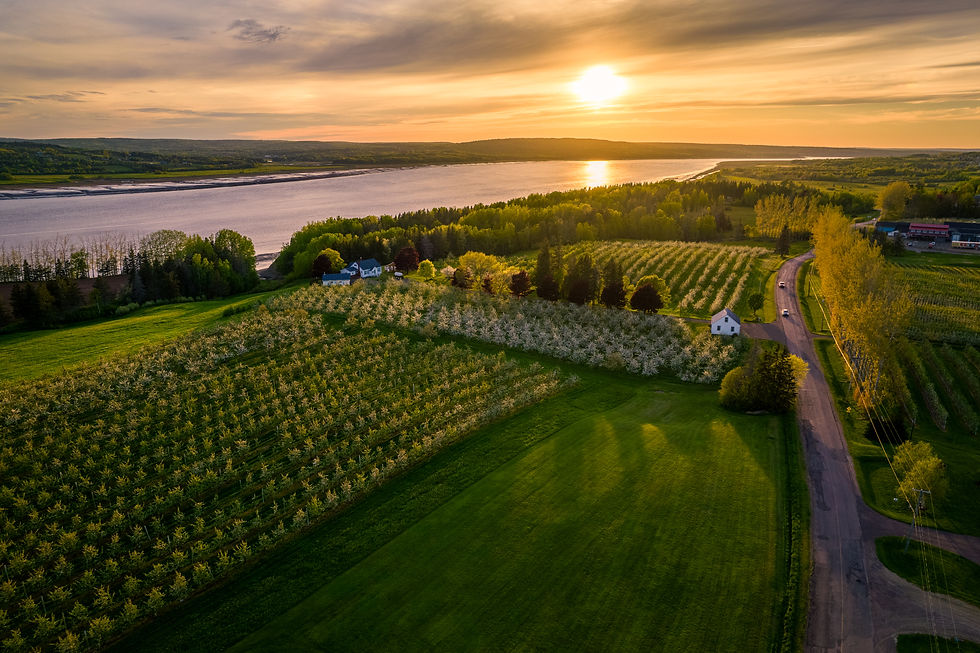Making Better Drone Photos
- André Audet

- Jun 5, 2023
- 3 min read
Drone photography has revolutionized the way we capture images from above, providing a unique and stunning perspective that was once only available to professionals with access to helicopters or planes.
However, capturing a great drone shot is not just a matter of taking off and snapping pictures. Like any other form of photography, drone photography requires a lot of planning, as well as attention to composition, light and post-processing, especially when it comes to capturing a compelling and aesthetically pleasing shot.
Below are a few tips on taking your drone photography to new heights.
Understanding light

Understanding light is a crucial aspect of drone photography. Different times of day, weather conditions, and seasons all affect the quality and direction of light, which in turn can greatly impact the mood and overall look of your images.
When shooting with a drone, it's important to pay attention to the direction of the light source and position your drone accordingly. Shooting during the "golden hour" - the hour just after sunrise or just before sunset - can produce warm, soft, and flattering light that is perfect for capturing stunning landscape images.
Composition

Drone photography composition involves applying traditional photography composition techniques such as the rule of thirds, leading lines, and others in aerial photography. The rule of thirds helps to create a balanced and visually pleasing image by dividing the frame into thirds both horizontally and vertically.
Leading lines are used to guide the viewer's eye towards the main subject, and framing can be used to add depth and context to the image. It is important to pay attention to the positioning of the drone, camera settings, and lighting to achieve the desired composition.
Shooting from Lower Angles

Drone photography is often associated with capturing sweeping vistas from high above, but shooting from lower angles can be just as effective, especially in hard-to-get places like rough terrain or bodies of water. By flying closer to the ground and maneuvering through tricky terrain, you can capture unique and intimate perspectives that would otherwise be impossible to see.
Shooting from lower angles can also help you to highlight specific details or features of your subject, making for a more focused and impactful photograph.
Create Panoramic Images

Drones can be a great tool for creating panoramic images, allowing you to capture stunning wide-angle views that are not possible with a traditional camera.
To create a panoramic image with a drone, you'll need to take multiple photos from the same location, rotating the drone slightly between each shot to capture the full panorama. Once you have these photos, you can use editing software to stitch them together into a seamless panoramic image. By adjusting the exposure and contrast of each photo before stitching them together, you can create a final image that is both breathtaking and true to life.
Post-Processing

Shooting drone photos in RAW format and editing the images in post-production is essential for achieving the highest quality results. RAW files contain uncompressed data that captures a wider range of colors, tones, and details than JPEG files. This means that you have more control over the final image and can make adjustments to exposure, contrast, sharpness, and more without degrading the quality.
By editing your drone photos in post-production, you can fine-tune the image to achieve the desired look and feel, whether that's enhancing colors, adjusting the composition, or removing unwanted objects.
In conclusion, drone photography composition is a critical aspect of capturing stunning aerial images. By considering the rule of thirds, leading lines, patterns, and color and contrast, you can create a more dynamic and visually interesting image that captures the beauty of the world from above.



Comments